Home>Garden Essentials>How To Create A Front Yard Landscape Design
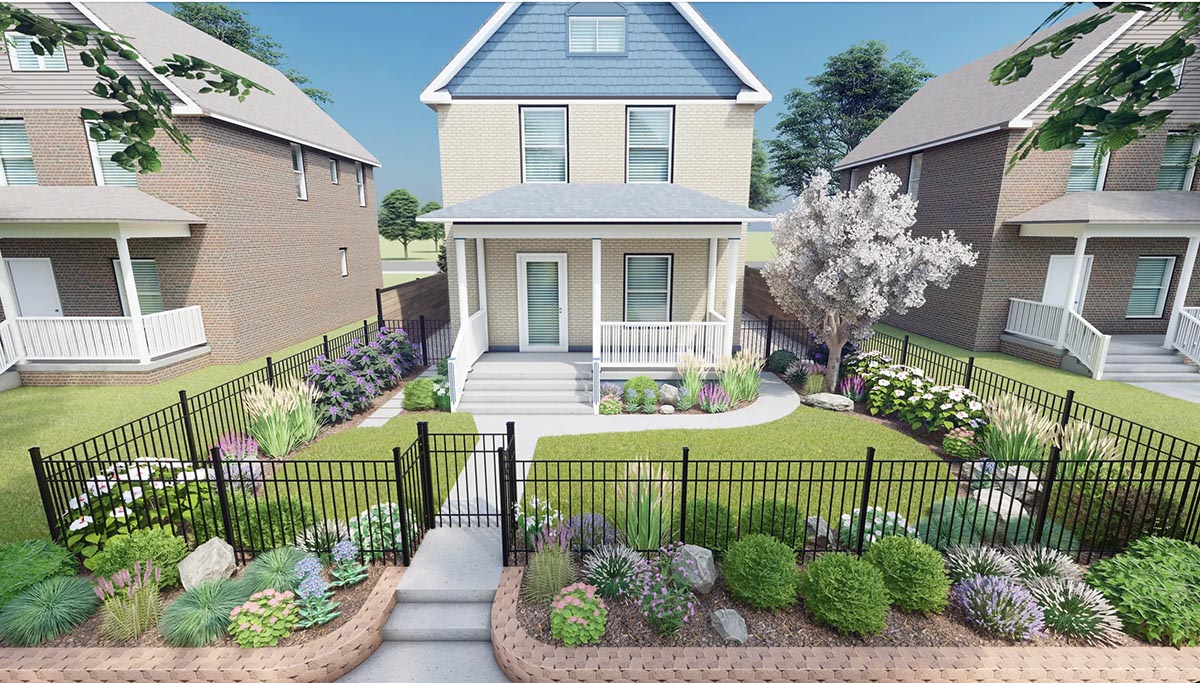

Garden Essentials
How To Create A Front Yard Landscape Design
Modified: March 7, 2024
Learn how to design your dream front yard garden with our step-by-step guide. Get expert tips and ideas to create a stunning landscape that enhances your home's curb appeal.
(Many of the links in this article redirect to a specific reviewed product. Your purchase of these products through affiliate links helps to generate commission for Storables.com, at no extra cost. Learn more)
Introduction
Welcome to the exciting world of front yard landscaping! Whether you have a small patch of green in front of your house or a sprawling front garden, creating a beautiful and inviting landscape can significantly enhance the curb appeal of your home.
A well-designed front yard not only adds aesthetic value but also serves as a reflection of your personality and style. It sets the tone for your home and creates a warm and welcoming atmosphere for visitors and passersby.
Creating a front yard landscape design may seem like a daunting task, but with proper planning and some creative ideas, you can transform your outdoor space into a stunning oasis. In this article, we will guide you through the steps to create a front yard landscape design that will make your home the envy of the neighborhood.
So, grab your gardening gloves and let’s get started on this exciting journey!
Key Takeaways:
- Assess your front yard’s unique characteristics, such as size, soil, and existing features, to make informed decisions about layout, plant selection, and design elements. This will ensure a cohesive and harmonious landscape design.
- Incorporate functional elements, enhance privacy, and implement lighting to create a beautiful and practical front yard. Adding final touches, such as decorative elements and regular maintenance, completes the transformation into a stunning and inviting outdoor space.
Read more: How To Clear A Yard For Landscaping
Step 1: Assessing Your Front Yard Space
Before diving into designing your front yard landscape, it is essential to assess the available space and understand its unique characteristics. By taking the time to evaluate your front yard, you can make informed decisions about layout, plant selection, and other design elements.
Start by taking a walk around your front yard and noting its size, shape, and any existing features such as trees, fences, or pathways. Consider the orientation of your yard and how sunlight and shade affect different areas throughout the day. This assessment will help you determine the best placement for various elements in your landscape design.
Next, evaluate the soil and drainage conditions in your front yard. Some plants thrive in well-drained soil, while others prefer moisture-retaining soil. Understanding the soil composition will help you choose the right plants that will flourish in your front yard.
Take note of any specific challenges or opportunities your front yard presents. For example, if you have a sloping yard, you may need to consider erosion control measures or create terraced levels for planting. Conversely, if you have a flat yard, you might have the freedom to explore different design options.
Finally, assess the existing features that you want to incorporate into your front yard landscape. Do you have a beautiful tree that you’d like to showcase? Or a charming pathway that you want to incorporate into the design? Identifying these elements will allow you to work with what you already have and create a cohesive and harmonious design.
By understanding your front yard’s unique characteristics, you can make informed decisions about the design elements and plant selection that will best suit your space. So, grab a notepad and pen, and let your imagination run wild as you evaluate your front yard.
Step 2: Setting Your Landscape Goals
Once you have assessed your front yard space, it’s time to think about your landscape goals. What do you want to achieve with your front yard design? Setting clear goals will help guide your decisions and ensure that your design reflects your preferences and lifestyle.
Start by considering the overall style and theme you want to create in your front yard. Do you prefer a formal and structured look or a more relaxed and natural aesthetic? Think about the architectural style of your home and how you can complement it with your landscape design.
Next, think about the functionality of your front yard. Do you want to create an inviting space for socializing and entertaining guests? Or perhaps you’d like a peaceful oasis where you can relax and unwind. Consider how you will use your front yard and what features will support those activities.
Consider any specific design elements you want to incorporate. Do you dream of a colorful flowerbed filled with vibrant blooms, or maybe a serene water feature that adds a sense of tranquility? These elements will be key in achieving your desired aesthetic.
It’s also crucial to factor in practical considerations such as maintenance and budget. Determine how much time and effort you are willing to invest in maintaining your front yard. You can choose low-maintenance plants and materials that align with your desired level of upkeep. Additionally, establish a realistic budget for your project, considering the cost of plants, materials, and any professional help that you may require.
By setting clear landscape goals, you will have a vision to guide your design decisions and ensure a cohesive and harmonious front yard. Take some time to reflect on what you want to achieve and how you want your front yard to look and feel. With a well-defined plan in place, you can start bringing your vision to life.
Step 3: Choosing the Right Plants
The selection of plants is a crucial step in creating a beautiful and thriving front yard landscape. Choosing the right plants will not only enhance the visual appeal of your space but also ensure that they thrive in your specific climate and soil conditions.
Start by considering the overall aesthetic you want to achieve. Are you drawn to a vibrant and colorful garden, or do you prefer a more subtle and monochromatic palette? Think about the size, shape, and texture of plants that will complement your landscape goals.
Next, research plants that are native to your region. Native plants are well-adapted to the local climate and soil conditions, making them more likely to thrive with minimal care. They also support local wildlife, such as pollinators and birds, creating a balanced and sustainable ecosystem.
Consider the maintenance requirements of the plants you choose. Some plants require frequent pruning and shaping, while others are more low-maintenance and can thrive with minimal intervention. Assess how much time and effort you are willing to dedicate to plant care and choose plants accordingly.
Pay attention to the sunlight and shade patterns in your front yard. Different plants have varying light requirements, so it’s essential to match their needs with the available conditions. Some plants prefer full sun, while others thrive in partial shade or even full shade. Select plants that will thrive in the specific areas of your front yard.
When choosing plants, think about their seasonal interest. Consider incorporating a mix of plants that bloom in different seasons, ensuring that your front yard remains visually appealing throughout the year. This can include spring bulbs, summer perennials, fall foliage, and even evergreen plants that provide year-round interest.
Don’t forget to consider the height and scale of the plants. Create a pleasing balance by incorporating plants of varying heights and textures. This will add visual interest and depth to your front yard landscape design.
Lastly, consider adding a mix of ornamental plants and functional plants. Ornamental plants, such as flowers and shrubs, add beauty and aesthetic appeal, while functional plants, like herbs and vegetables, can provide you with fresh produce.
By carefully selecting the right plants for your front yard, you can create a vibrant and inviting landscape that will flourish in your specific conditions. Take your time to research and choose plants that align with your landscape goals and contribute to a stunning front yard.
Step 4: Creating a Focal Point
One of the key principles of effective front yard landscaping is creating a focal point. A focal point is a visually captivating element that draws attention and serves as the centerpiece of your landscape design. It adds depth, interest, and creates a focal point of interest for the eye.
When choosing a focal point, consider the architectural features of your home and how they can be accentuated. This could be a grand entrance gate, a beautiful front door, or a unique window. Use landscaping elements such as plants, pathways, or decorative structures to guide the eye towards the focal point.
Another option for a focal point is a striking plant or tree. Choose a specimen that stands out either with its unique shape, vibrant color, or impressive size. Place it strategically in your front yard, ensuring it becomes the centerpiece of attention.
Water elements, such as a fountain or a pond, can also serve as captivating focal points. The sound of running water and the shimmering reflections create a sense of tranquility and elegance in your front yard. Position the water feature in a prominent location where it can be appreciated from different angles.
In addition to natural elements, you can also incorporate man-made features as focal points. A statue, a sculpture, or an artistic piece can add a touch of creativity and personality to your front yard. Choose something that speaks to your interests and complements the overall aesthetic of your landscape design.
Once you have chosen your focal point, it’s important to design the surrounding area in a way that frames and enhances it. Use plants, decorative stones, or hardscaping elements to create a visual pathway that leads the viewer’s eye towards the focal point. Ensure that the focal point is visible from different angles and can be admired from various parts of your front yard.
Remember that the focal point should be proportionate to the size of your front yard. If you have a small space, choose a smaller focal point that doesn’t overpower the area. On the other hand, if you have a larger yard, opt for a larger, more statement-making focal point.
Creating a focal point in your front yard adds a sense of drama and visual interest to your landscape design. It becomes a conversation starter and leaves a lasting impression on visitors. So, take the time to choose a stunning focal point that reflects your style and makes your front yard truly stand out.
Read more: How To Plan Landscaping For Your Yard
Step 5: Designing Pathways and Walkways
Pathways and walkways not only create a functional and practical element in your front yard but also add a sense of structure, elegance, and direction to your overall landscape design. They guide visitors through your front yard and create a welcoming and inviting entrance to your home.
Start by determining the purpose and flow of your pathways. Consider where people typically enter your front yard and how they navigate towards your front door. Design pathways that connect these key points, ensuring easy and convenient access.
Choose a material for your pathway that complements the architectural style of your home and the overall theme of your front yard. Options range from natural stone, brick, pavers, gravel, or even concrete. Each material offers its unique aesthetic and maintenance requirements, so consider your preferences and the level of upkeep you are willing to commit to.
Consider the width of your pathways. A standard pathway should be wide enough for two people to walk comfortably side by side. However, you can adjust the width depending on the specific needs of your front yard and the desired visual impact. Wider pathways can create a more grand and welcoming entrance.
Create visual interest along the pathways by incorporating curves or gentle bends. Curved pathways add a sense of intrigue and charm to your front yard, breaking up the linear design and softening the overall look. Consider how the curves will flow with the existing landscape and elements in your yard.
Integrate lighting fixtures along your pathways to enhance safety and add ambiance during the evening hours. This can be achieved with solar-powered path lights or by strategically placing low-voltage lighting fixtures. The soft glow will not only guide visitors but also create a magical atmosphere in your front yard.
If you have a larger front yard, consider adding secondary pathways that branch out from the main pathway. These secondary paths can lead to different garden areas or points of interest, encouraging exploration and creating discovery moments throughout your front yard.
Lastly, don’t forget to soften the edges of your pathways with plants and landscaping elements. Use border plants or groundcover to create a seamless transition between the path and the surrounding areas. This adds a touch of natural beauty and softness to your pathways.
Designing pathways and walkways in your front yard enhances the flow and visual appeal of your landscape design. It provides a clear and inviting path for visitors and creates a sense of structure and direction. So, think about the layout, materials, and aesthetics that will best suit your front yard, and create pathways that will truly elevate your outdoor space.
Consider the climate and soil conditions of your area when choosing plants for your front yard landscape design. Selecting native plants can help reduce water usage and maintenance.
Step 6: Incorporating Functional Elements
While creating a beautiful and visually appealing front yard is important, it’s also essential to consider the functional aspects of your outdoor space. Incorporating functional elements not only adds practicality but also enhances the overall usability and enjoyment of your front yard.
Start by assessing your specific needs and how you plan to use your front yard. Do you need space for outdoor seating and entertaining? Are you an avid gardener in need of a dedicated area for planting and tending to your plants? Identifying these needs will guide your decisions about the functional elements to incorporate.
If you enjoy spending time outdoors or hosting gatherings, consider creating a designated seating area in your front yard. This can be in the form of a patio, deck, or even a simple arrangement of outdoor furniture. Choose comfortable and weather-resistant materials that will withstand the elements while providing a cozy and inviting space.
If gardening is your passion, incorporate raised beds or planting areas where you can grow your favorite plants, vegetables, or herbs. This allows you to indulge in your hobby while adding beauty and greenery to your front yard.
Storage can be an issue in many front yards, especially if you have limited space. Explore functional storage solutions such as garden sheds or storage benches to keep tools, supplies, and equipment organized and easily accessible.
Consider incorporating water-saving features such as rain barrels or a drip irrigation system. These elements not only help conserve water but also make it easier to maintain your plants and keep them healthy.
For families with children, incorporate play elements in your front yard design. This can be a small playground, a playhouse, or even a dedicated sports area. Creating designated spaces for play ensures that both children and parents can enjoy the front yard to its fullest.
Don’t forget about practical elements such as pathways to the front door, a driveway or parking area, and proper lighting for safety and security. These functional elements ensure that your front yard is accessible, well-lit, and easy to navigate.
By incorporating functional elements into your front yard, you can maximize its potential and create a space that meets your specific needs. Think about how you plan to use your front yard and explore design ideas that integrate both beauty and functionality. This will result in a front yard that not only looks stunning but also enhances your lifestyle and daily living.
Step 7: Enhancing Privacy
While an open front yard can be inviting, there are times when you may desire a bit more privacy. Enhancing privacy in your front yard not only creates a more intimate and secluded space but also adds a sense of security and tranquility.
Start by assessing the areas of your front yard that need increased privacy. Perhaps it’s the seating area near the entrance or the space next to a busy street. Identifying these areas will help you determine the best strategies for creating privacy.
One effective way to enhance privacy is by incorporating hedges or shrubs along the perimeter of your front yard. Choose evergreen varieties that maintain their foliage throughout the year, creating a lush and dense barrier. This natural screen will help block views from the outside while adding beauty and greenery to your space.
Another option is to install fencing or walls around your front yard. Choose materials that complement the architectural style of your home, such as wood, metal, or stone. Not only will this provide privacy, but it can also add a touch of elegance and definition to your front yard.
If you prefer a less permanent solution, consider using privacy screens or trellises. These can be adorned with climbing vines or plants that provide both privacy and visual interest. They can be positioned strategically to block specific views while still allowing light and airflow.
Utilizing outdoor curtains or blinds can also offer privacy when needed. These can be attached to pergolas, gazebos, or even trees to create temporary barriers and enhance privacy during certain times of the day or during specific activities.
Strategic placement of landscaping elements can also help create privacy within your front yard. Tall and dense plants, such as bamboo or ornamental grasses, can be used to create secluded areas or visual barriers. Incorporate them near seating areas or along the perimeter to add privacy without completely blocking off the space.
Lastly, consider the use of water features or fountains to create a sound barrier and add privacy. The soothing sound of running water can help mask noise from outside and create a peaceful and serene atmosphere in your front yard.
Enhancing privacy in your front yard gives you the freedom to enjoy your outdoor space without feeling exposed. Whether you opt for natural screening, fencing, or a combination of strategies, creating privacy ensures that your front yard becomes a retreat that provides comfort, tranquility, and a sense of personal space.
Step 8: Implementing Lighting
Outdoor lighting is a key element in creating a welcoming and enchanting front yard. It not only enhances the safety and security of your space but also adds warmth, ambiance, and visual interest to your landscape design. Implementing well-placed lighting ensures that your front yard remains beautiful and functional even after the sun goes down.
Start by assessing the areas of your front yard that you want to illuminate. Determine the key features, such as pathways, water elements, architectural details, or focal points that you want to highlight. This will guide your decisions on the type and placement of lighting fixtures.
Choose a variety of lighting techniques to create a layered effect. Ambient lighting provides overall illumination and helps to create a welcoming atmosphere. This can be achieved through the use of overhead fixtures, such as lanterns or pendant lights, placed strategically near entryways or seating areas.
Task lighting is essential for specific areas that require focused illumination, such as pathways or stairs. Use bollard lights or pathway lights along walkways to ensure safe navigation. Consider using wall-mounted fixtures to highlight architectural details or outdoor artwork.
Accent lighting adds drama and creates visual interest by focusing on particular elements in your front yard. Use spotlights or well lights to highlight trees, shrubs, or other standout features. This can create a captivating play of light and shadows, adding depth and dimension to your landscape.
Consider incorporating solar-powered lighting fixtures for sustainability and energy efficiency. They charge during the day and automatically turn on at dusk, providing a soft and subtle glow throughout the night. Solar lights are easy to install and require minimal maintenance.
Pay attention to the color temperature of your lighting. Select warm-colored lights for a cozy and inviting ambiance, or use cool-colored lights to create a modern and contemporary feel. Experiment with different options to find the perfect balance for your front yard.
Strategic placement of lighting fixtures is crucial for achieving the desired effect. Consider placing fixtures at varying heights and angles to create depth and texture. Experiment with different lighting techniques to create focal points, silhouettes, and dramatic effects.
Finally, ensure that your lighting design is adaptable and can be adjusted according to different occasions or seasons. Install dimmers or timers to control the intensity and duration of your lights. This allows you to change the mood of your front yard depending on the time of day or specific events.
Implementing lighting in your front yard elevates its beauty, functionality, and safety. It transforms your outdoor space into an inviting oasis that can be enjoyed both day and night. So, embrace the power of lighting and let it illuminate the stunning features of your front yard.
Read more: How To Landscape Yard Without Grass
Step 9: Adding Final Touches
As you near the completion of your front yard landscape design, it’s time to add the finishing touches that will truly bring your vision to life. These final touches will add depth, personality, and a sense of completion to your outdoor space, making it a true reflection of your style and taste.
Start by incorporating decorative elements such as garden sculptures, birdbaths, or decorative stones. These small accents can add charm and character to your front yard, creating focal points and visual interest.
Consider adding mulch or decorative gravel to your plant beds or pathways. Not only does this provide a polished and finished look, but it also helps conserve moisture in the soil, suppresses weeds, and insulates plant roots.
Choose outdoor furniture, cushions, and textiles that complement the overall aesthetic of your front yard. These elements provide comfort and create inviting spaces where you and your guests can relax and enjoy the beauty of your outdoor environment.
Add color and vibrancy with containers and hanging baskets filled with seasonal flowers or foliage. Strategic placement of these planters can bring life and a pop of color to various areas of your front yard.
Incorporate fragrance into your front yard by planting aromatic herbs, flowers, or shrubs. The delightful scents will create a sensory experience for anyone passing through your front yard.
Consider the use of sound in your final touches. Install wind chimes, create a small water feature, or add a fountain to provide a soothing and calming soundtrack to your outdoor space.
Don’t forget about the power of art and personal touches. Hang outdoor wall art, display decorative signage, or create a focal point with a unique seating arrangement or a personalized garden bench.
Finally, regularly maintain and care for your front yard to keep it looking its best. Regularly prune plants, remove any weeds, and ensure that your pathways and walkways are clear of dirt and debris. This ongoing upkeep will ensure that your front yard continues to dazzle with its final touches.
Adding these final touches completes the transformation of your front yard into a space that is not only visually stunning but also reflects your personality and style. It is the details that create a truly unique and inviting outdoor environment. So, step back, admire your creation, and take pride in your beautifully designed front yard.
Conclusion
Designing and creating a front yard landscape is an exciting and fulfilling endeavor. It allows you to unleash your creativity and transform your outdoor space into a stunning and inviting haven. By following the steps outlined in this guide, you can create a front yard that is not only aesthetically pleasing but also functional and reflective of your style.
From assessing your front yard space to incorporating the final touches, each step plays a crucial role in the overall design. By evaluating your space, setting goals, carefully choosing plants, creating focal points, designing pathways, incorporating functional elements, enhancing privacy, implementing lighting, and adding final touches, you can bring your front yard to life.
Remember to strike a balance between beauty and functionality, creating a space that meets your needs while adding visual appeal. Whether you desire a tranquil retreat, a space for entertaining, or simply a welcoming entrance, your front yard can be tailored to suit your lifestyle and preferences.
Regular maintenance and care are essential in preserving the beauty and longevity of your front yard landscape. Keep plants healthy, pathways clear, and lighting fixtures in good working order. This ongoing attention will ensure that your front yard continues to thrive and bring joy for years to come.
So, roll up your sleeves, gather your gardening tools, and let your imagination guide you as you embark on this journey of creating a front yard landscape. With proper planning, thoughtful design, and a touch of creativity, your front yard will become a true masterpiece that enhances the curb appeal of your home and brings joy to all who see it.
Frequently Asked Questions about How To Create A Front Yard Landscape Design
Was this page helpful?
At Storables.com, we guarantee accurate and reliable information. Our content, validated by Expert Board Contributors, is crafted following stringent Editorial Policies. We're committed to providing you with well-researched, expert-backed insights for all your informational needs.
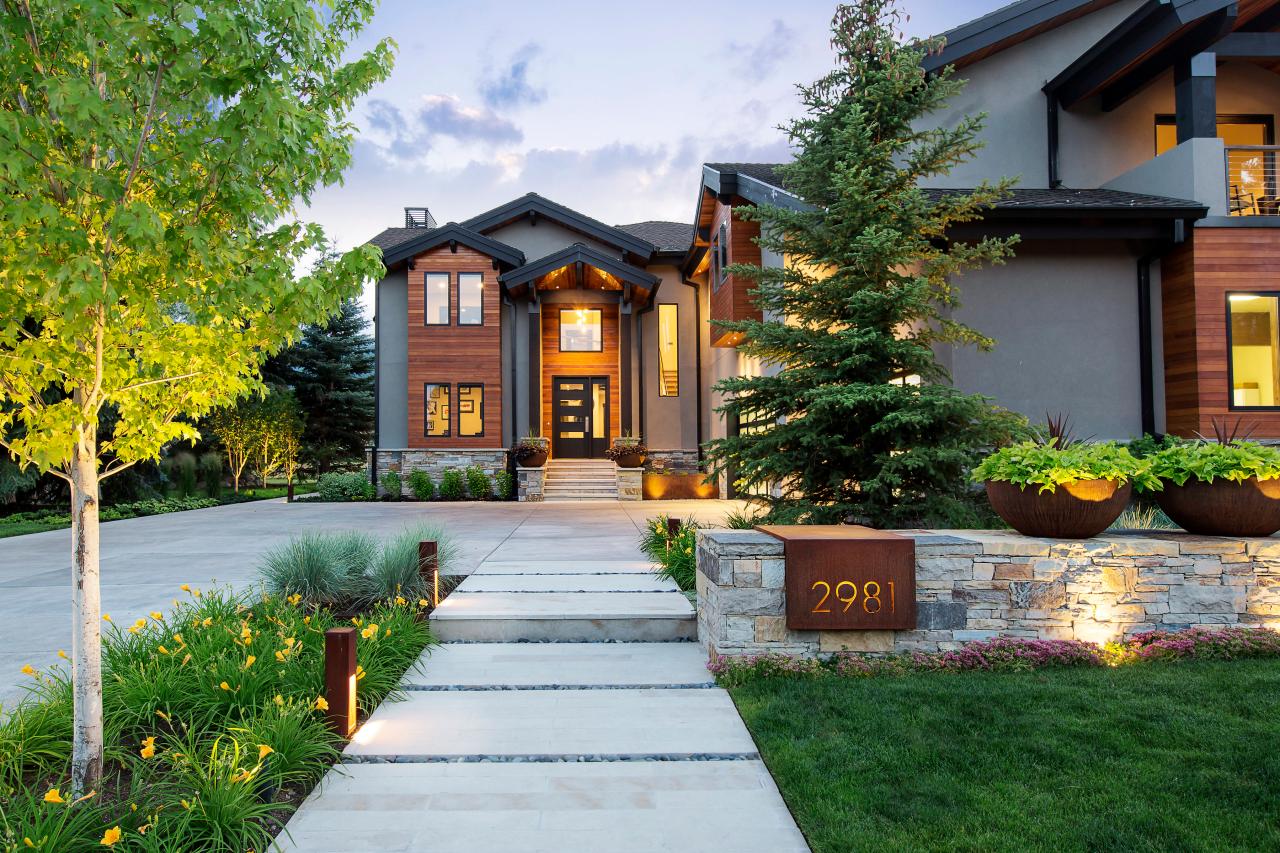
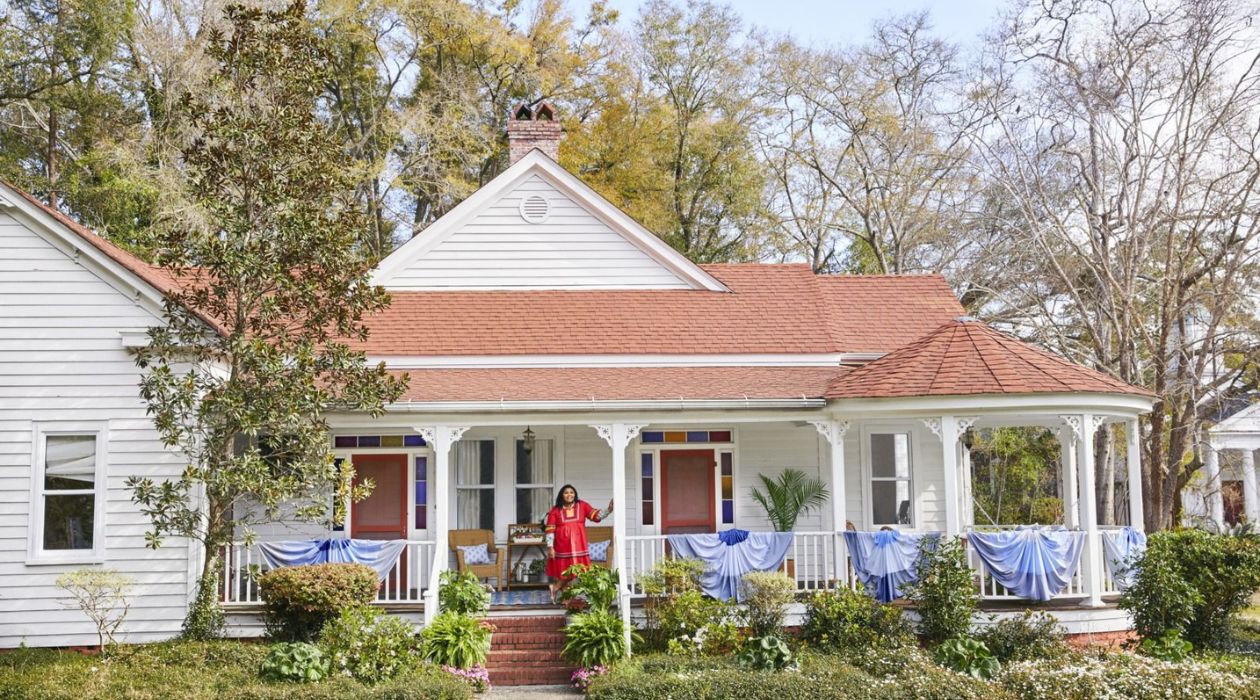
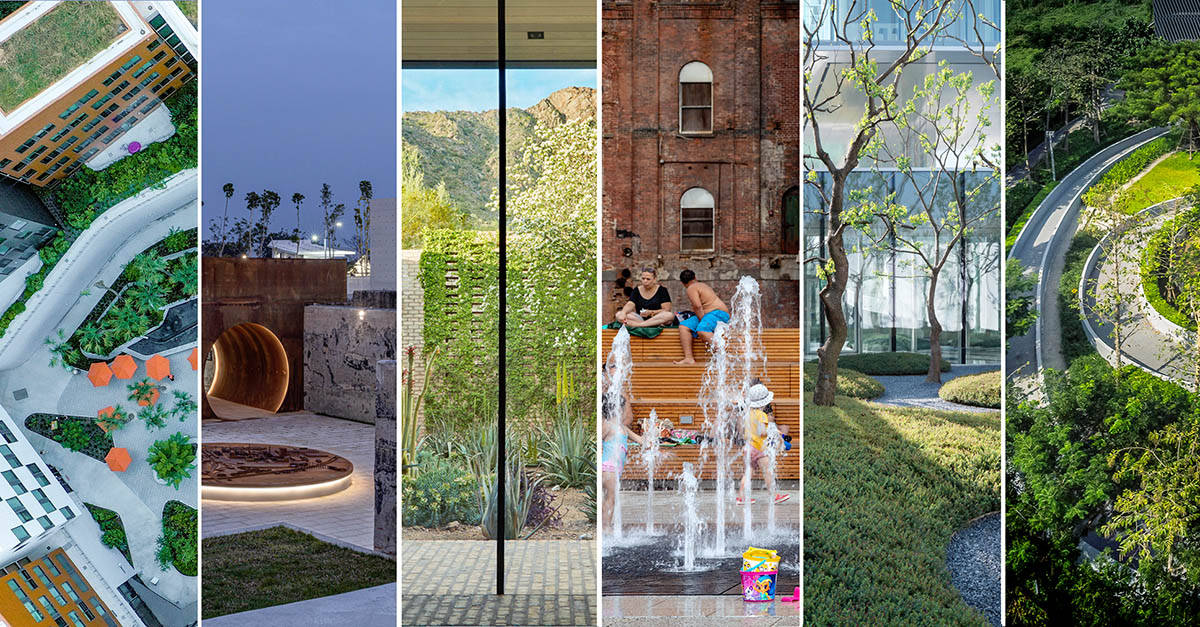
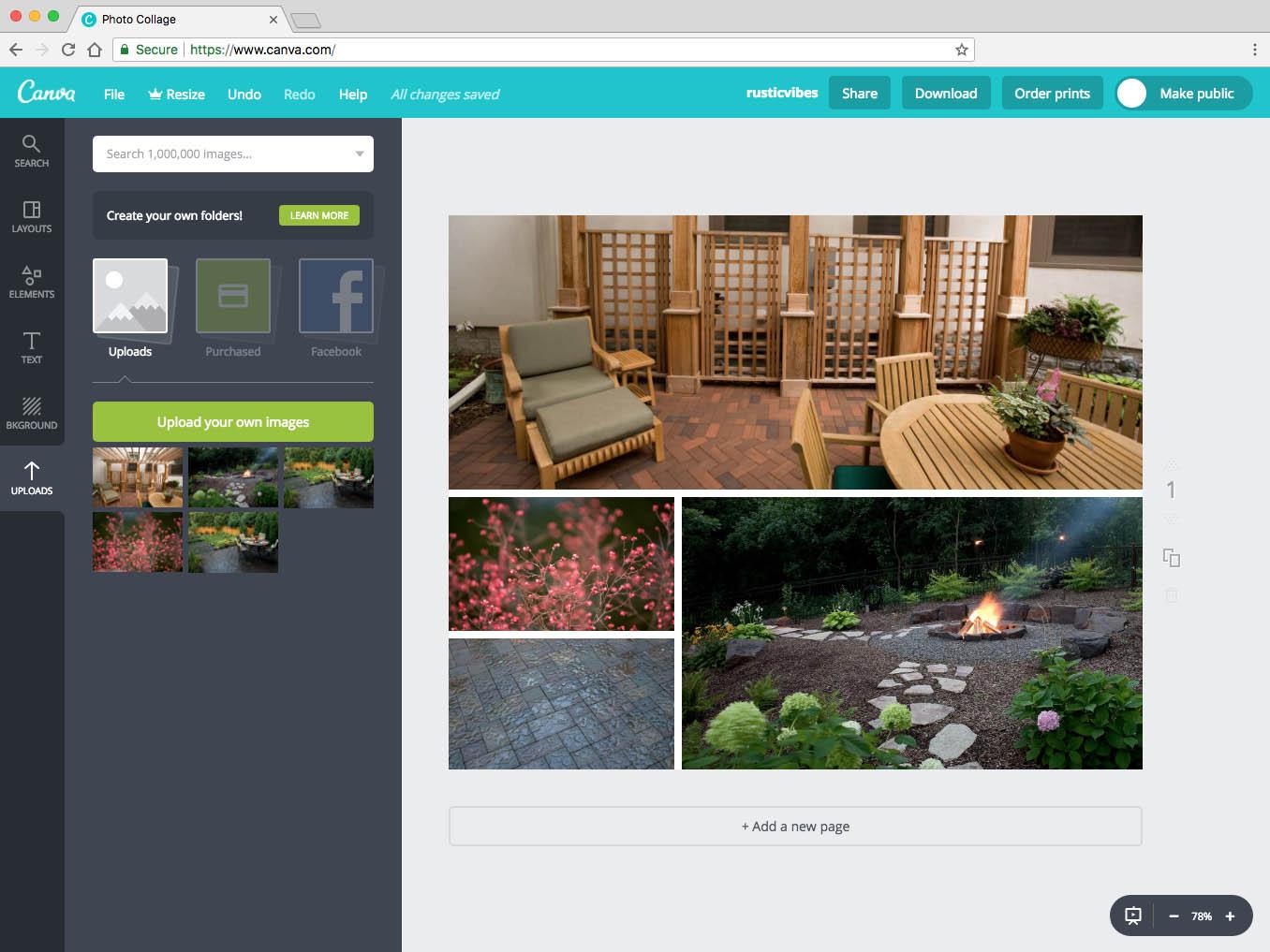
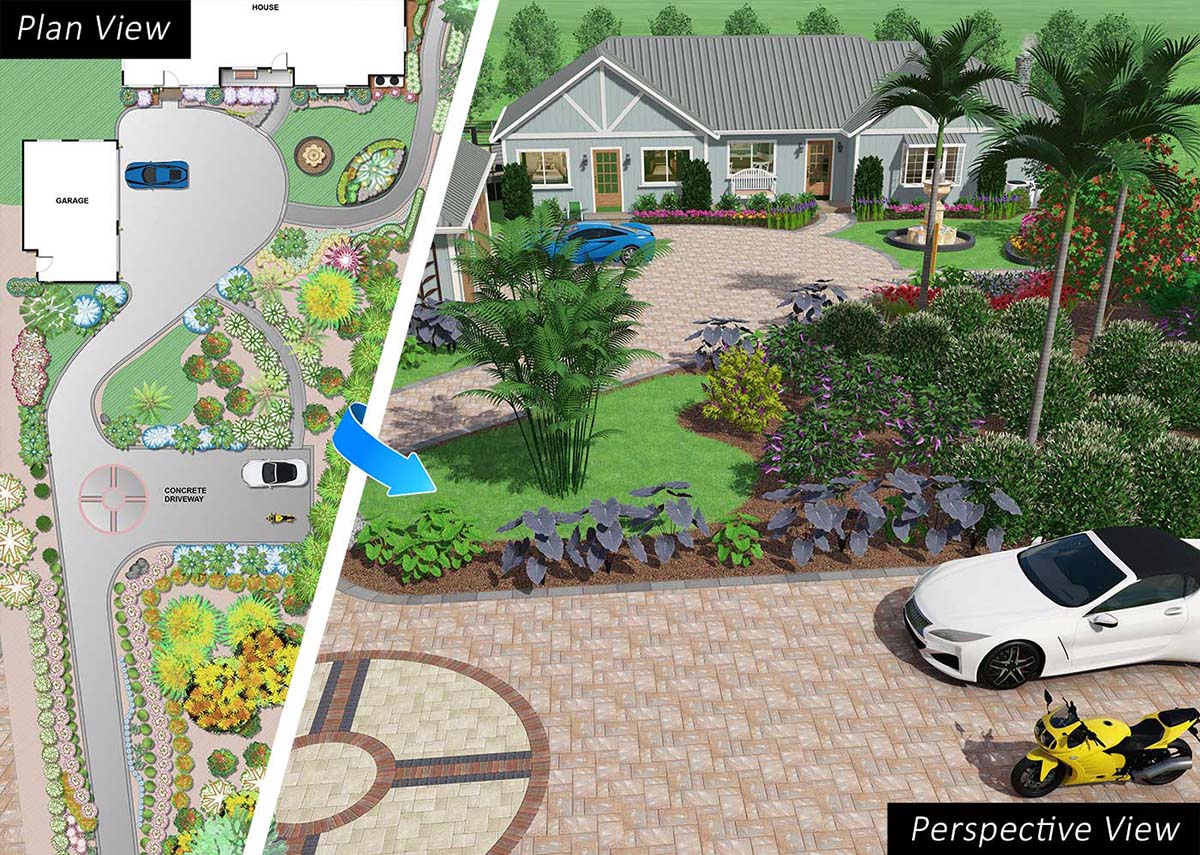
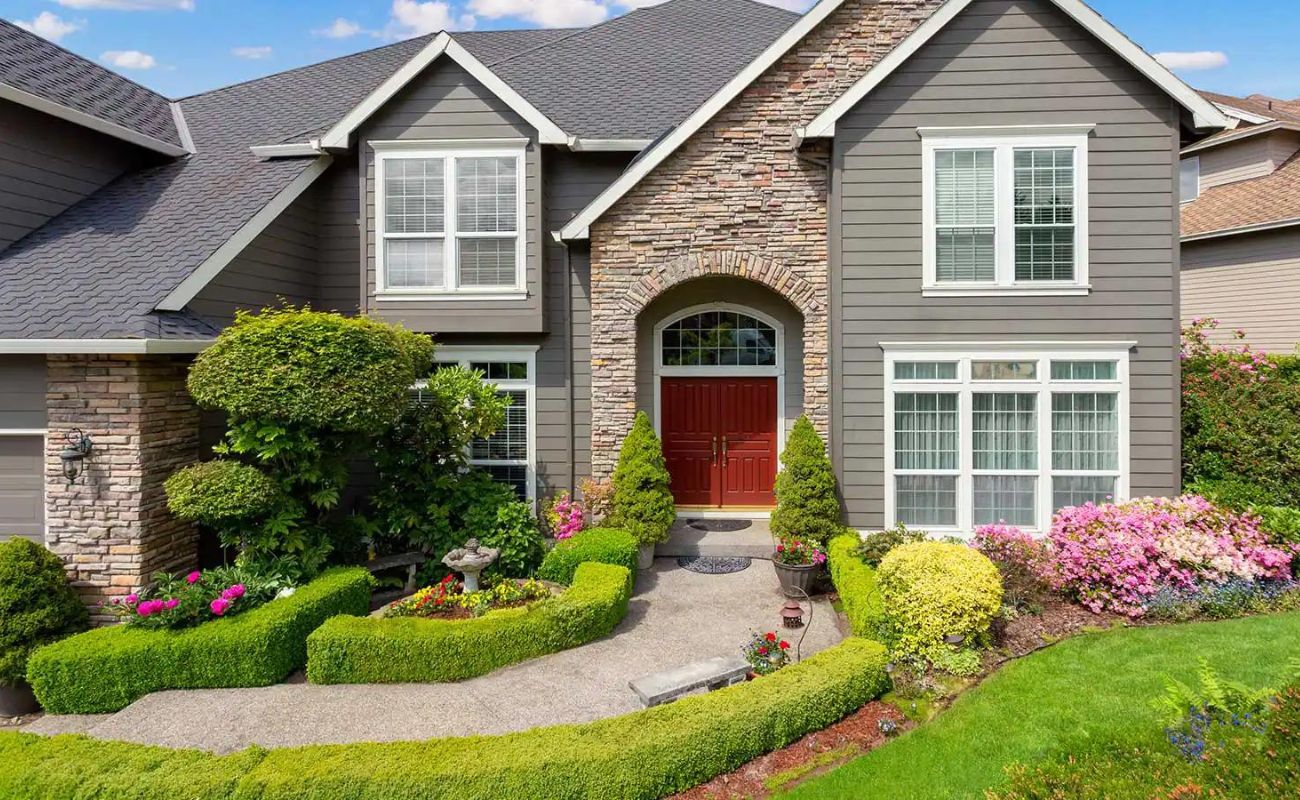
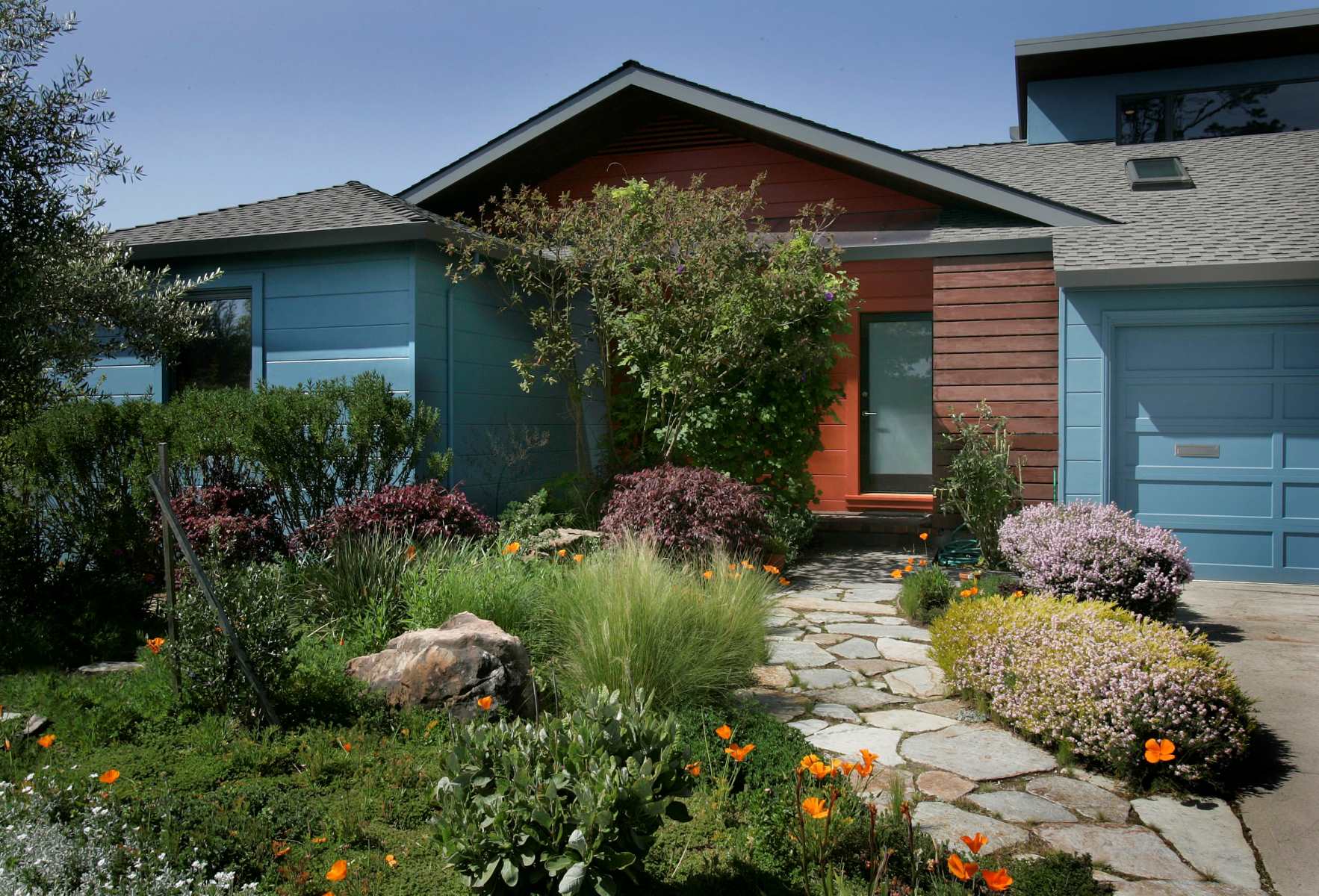
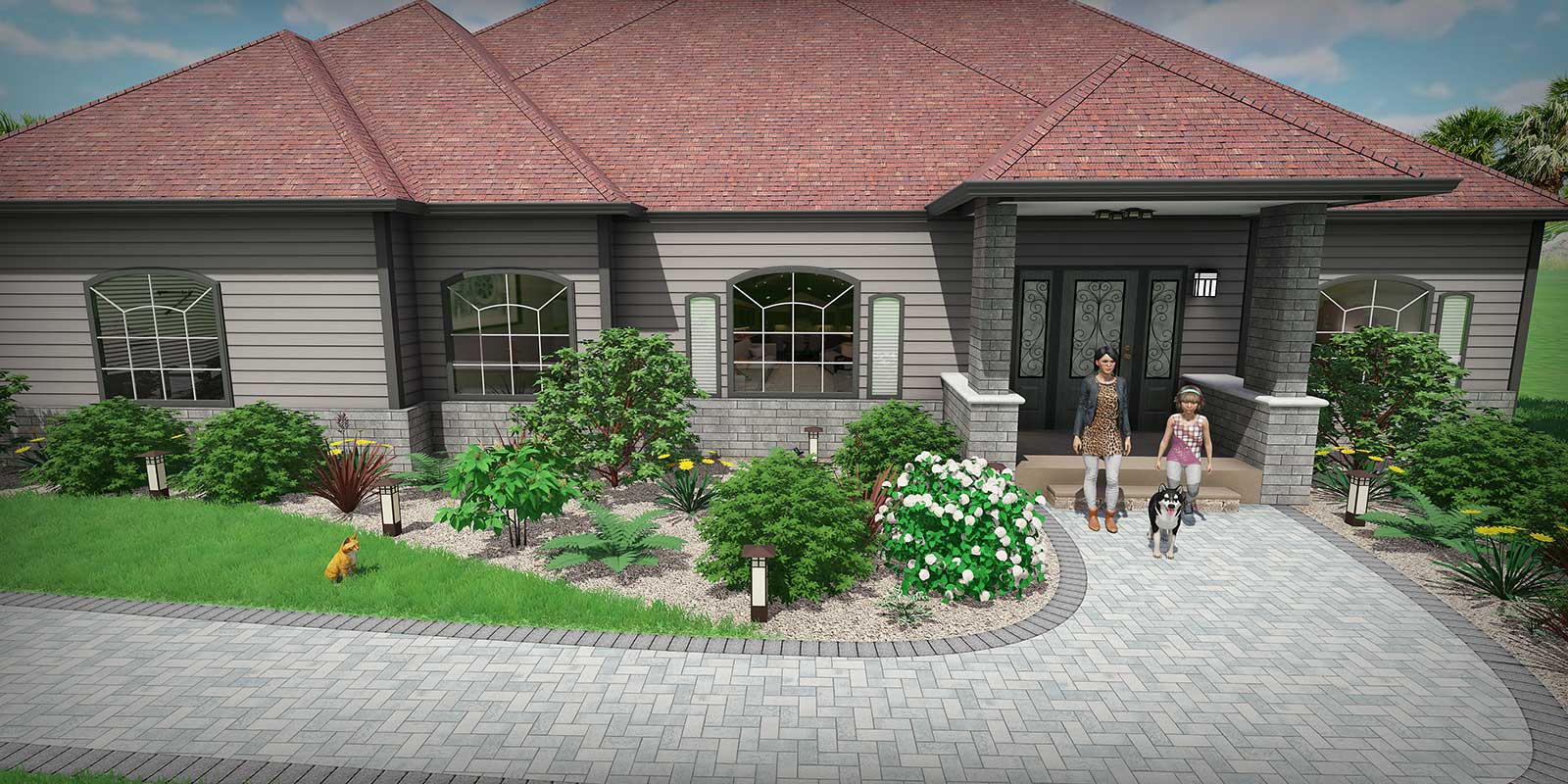
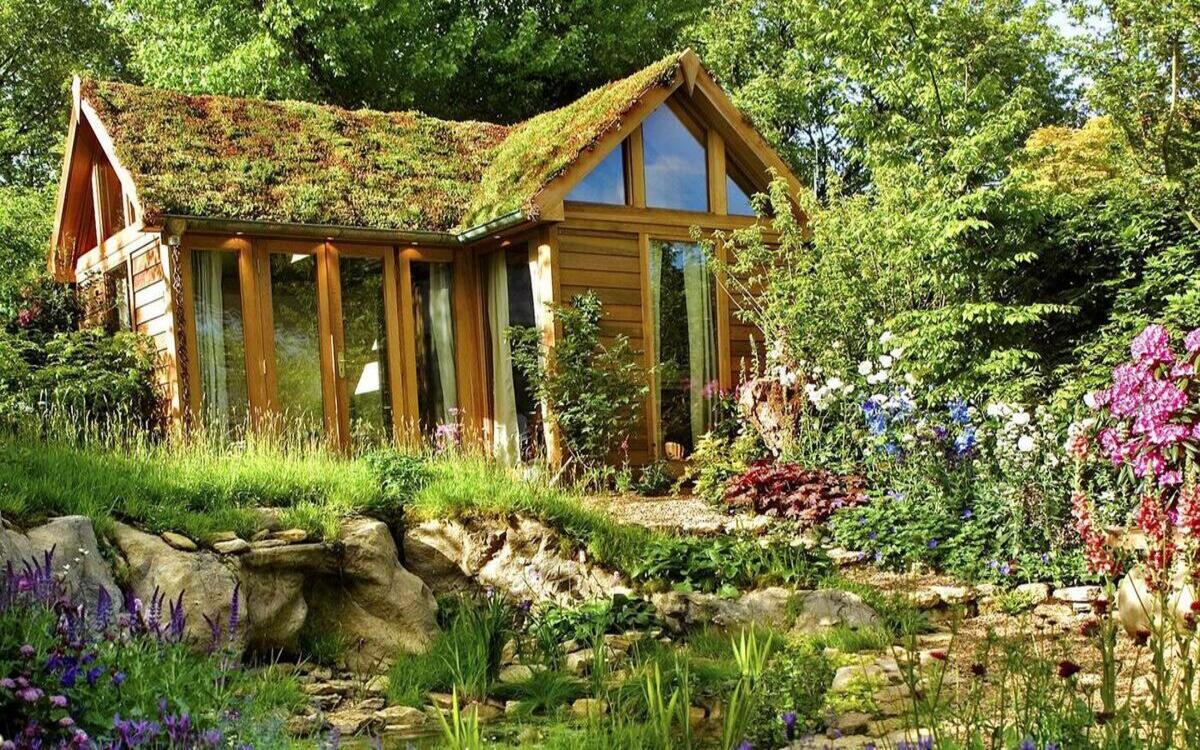
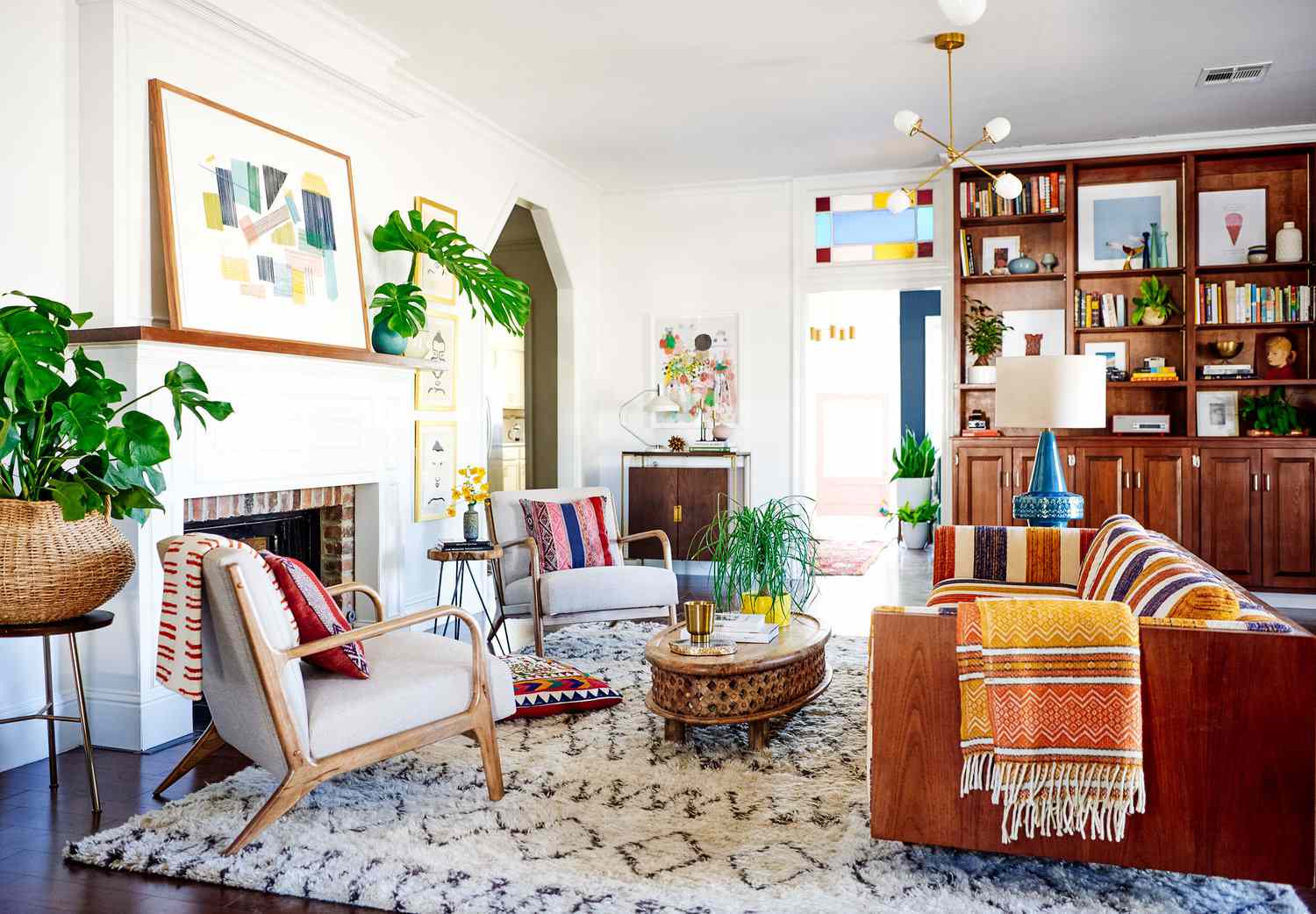
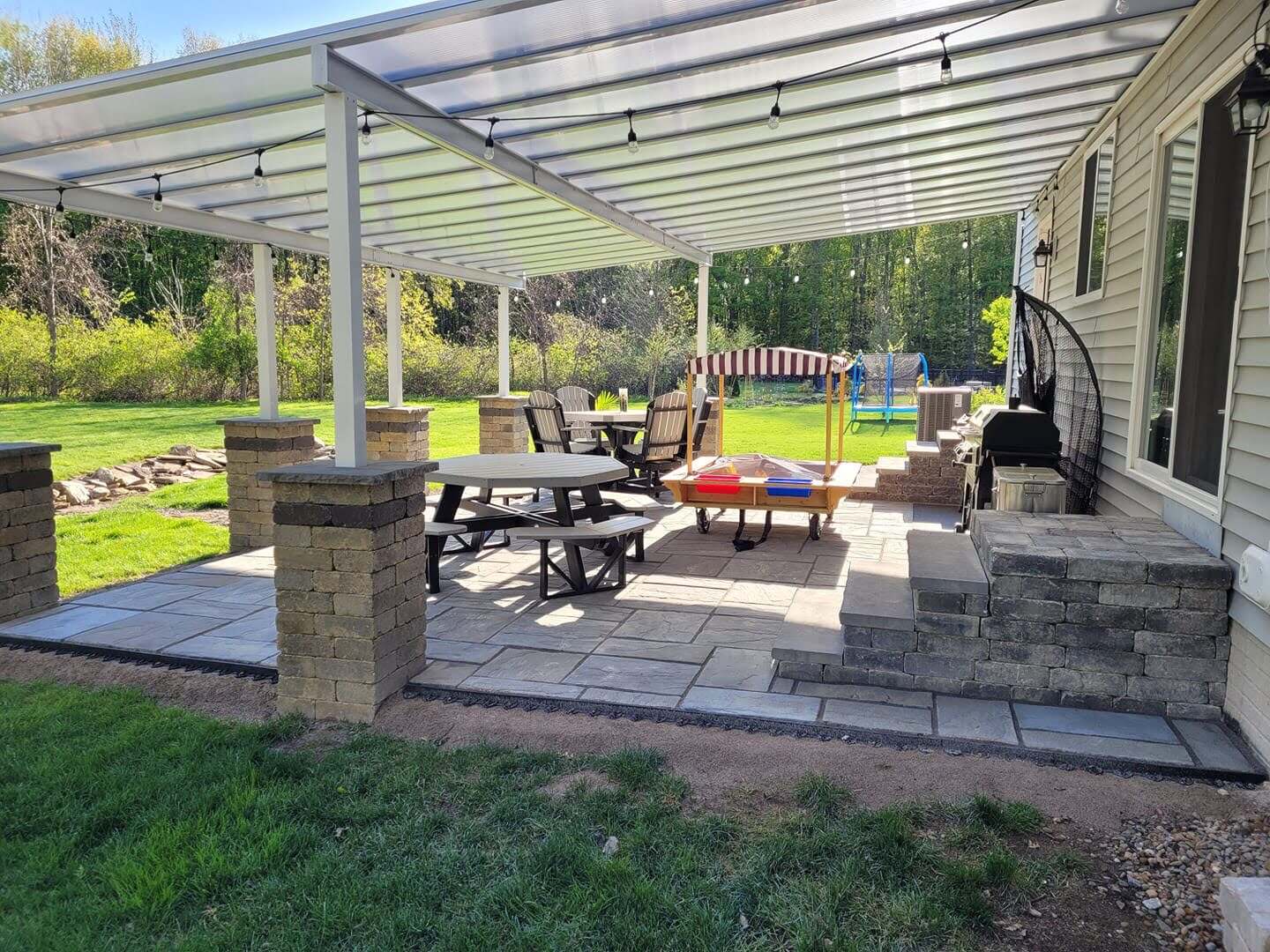
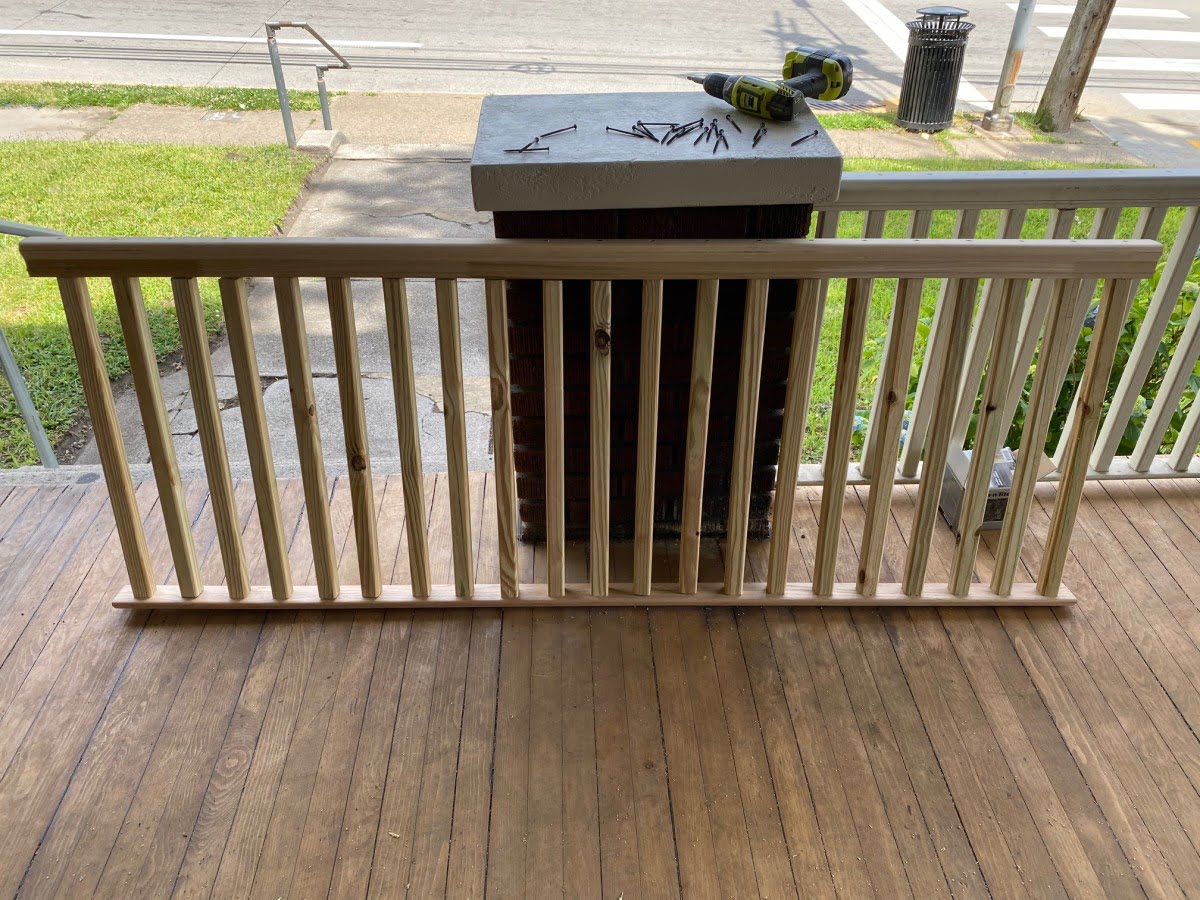
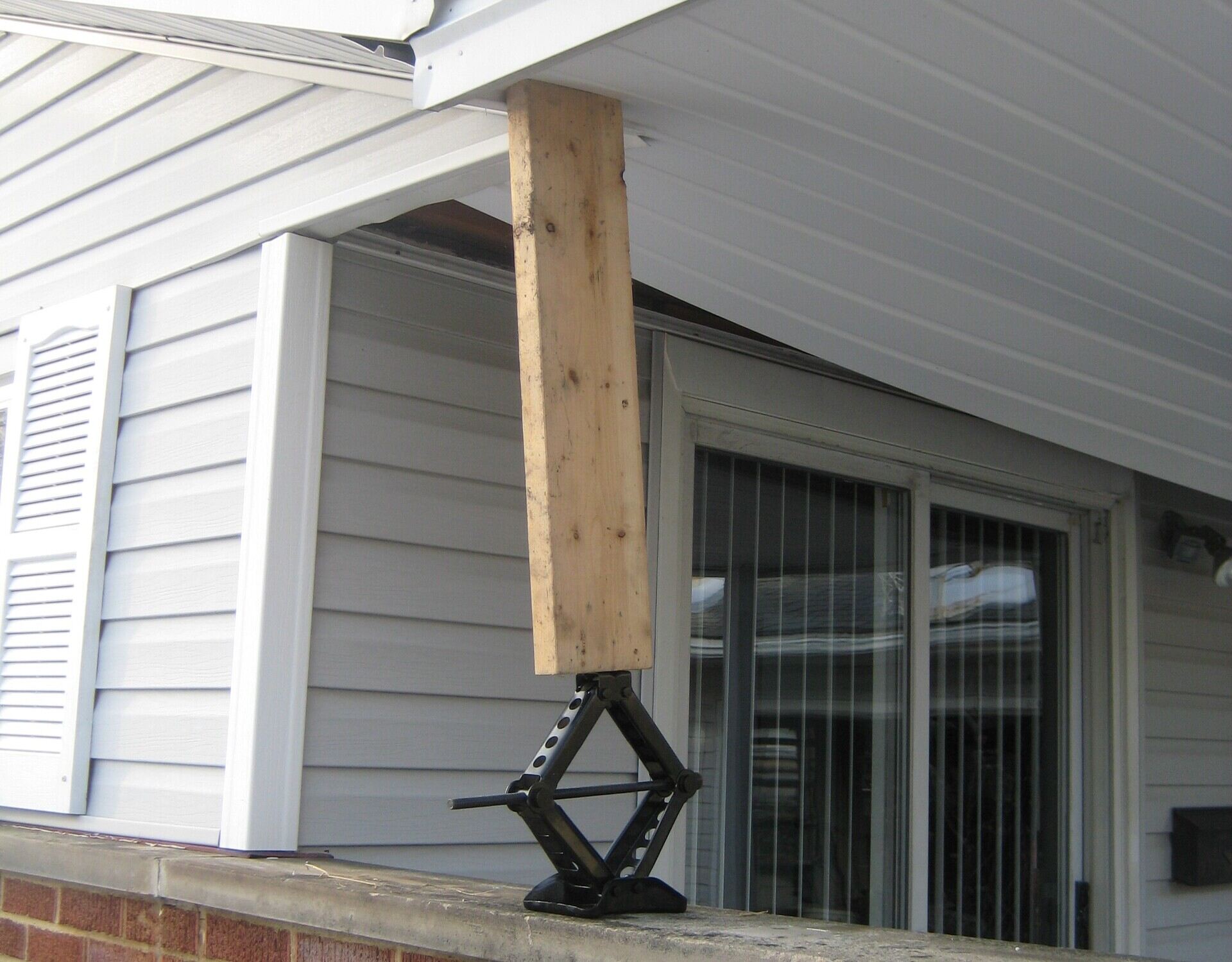

0 thoughts on “How To Create A Front Yard Landscape Design”